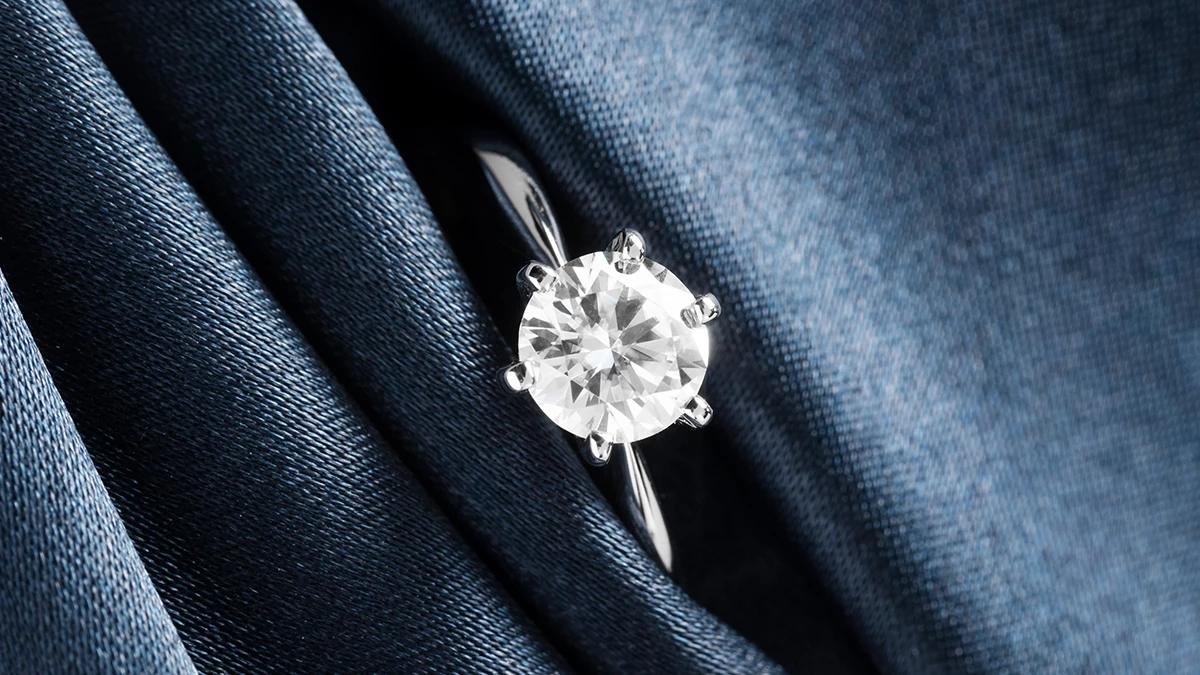Introduction to Lab Diamonds
guides lab diamonds often referred to as synthetic or cultured diamonds, are a marvel of modern technology and innovation in the jewelry industry. These diamonds are created in laboratories using advanced technological processes that replicate the natural diamond-growing environment. They possess the same chemical composition, crystal structure, and optical properties as mined diamonds, making them a sustainable and ethical choice for conscientious consumers.
Why Choose Lab Diamonds?
Environmental Sustainability
One of the primary reasons to choose lab diamonds is their minimal environmental impact. Unlike mined diamonds, which require extensive excavation and can lead to ecological disruption, lab-grown diamonds are produced using significantly fewer resources and energy. This eco-friendly approach appeals to individuals who prioritize sustainability and want to reduce their carbon footprint.
Ethical Considerations
Ethical concerns surrounding the diamond mining industry have prompted many consumers to opt for lab-grown diamonds. These diamonds are conflict-free and do not contribute to issues such as forced labor or environmental degradation often associated with traditional mining practices. By choosing lab diamonds, buyers can be assured that their purchase aligns with ethical standards and supports responsible manufacturing practices.
Quality and Durability
Contrary to misconceptions, lab diamonds are not inferior to natural diamonds in terms of quality or durability. They exhibit the same hardness (measuring 10 on the Mohs scale), brilliance, and fire as mined diamonds. Each lab diamond undergoes rigorous testing and grading by reputable gemological laboratories, ensuring that it meets the highest standards of quality and craftsmanship.
The Production Process
Scientific Precision
lab grown diamonds are cultivated using two primary methods: High Pressure-High Temperature (HPHT) and Chemical Vapor Deposition (CVD). Both techniques simulate the natural conditions under which diamonds form within the Earth’s mantle. HPHT mimics the geological process by subjecting carbon to intense heat and pressure, while CVD involves the deposition of carbon atoms onto a substrate to form a diamond crystal.
Quality Control
During the production process, stringent quality control measures are implemented to monitor and assess the growth of each diamond. Advanced technologies and skilled technicians oversee every stage, from initial seed formation to diamond growth and polishing. This meticulous approach ensures consistency and excellence in the final product, meeting the exacting demands of the jewelry industry.
Buying Guide: How to Choose the Perfect Lab Diamond
Factors to Consider
When purchasing a lab diamond, several factors influence its value and appearance:
Cut: The precision of the diamond’s cut determines its brilliance and sparkle.
Color: Lab diamonds are available in various hues, from colorless to fancy colors.
Clarity: Evaluates the presence of inclusions or imperfections within the diamond.
Carat Weight: Refers to the size and weight of the diamond, influencing its price and visual impact.
Certification and Authentication
To ensure authenticity and quality, it is crucial to acquire a diamond grading report from a reputable gemological laboratory such as the Gemological Institute of America (GIA) or the International Gemological Institute (IGI). These reports provide detailed information about the diamond’s characteristics, including its cut, color, clarity, and carat weight.
Maintenance and Care Tips
Longevity and Preservation
Proper care and maintenance will enhance the longevity and brilliance of your lab diamond jewelry:
Regular Cleaning: Clean your diamond jewelry with mild soapy water and a soft brush to remove dirt and debris.
Storage: Store diamonds separately to prevent scratching and wear, ideally in a fabric-lined jewelry box or pouch.
Professional Inspection: Periodically have your diamond jewelry inspected by a professional jeweler to ensure settings are secure and diamonds remain in pristine condition.
Conclusion
Lab diamonds represent a modern and sustainable alternative to mined diamonds, offering consumers a choice that aligns with their values of ethics, quality, and environmental responsibility. As technology continues to advance, the popularity and accessibility of lab-grown diamonds are expected to grow, catering to a discerning market that seeks beauty without compromise.

